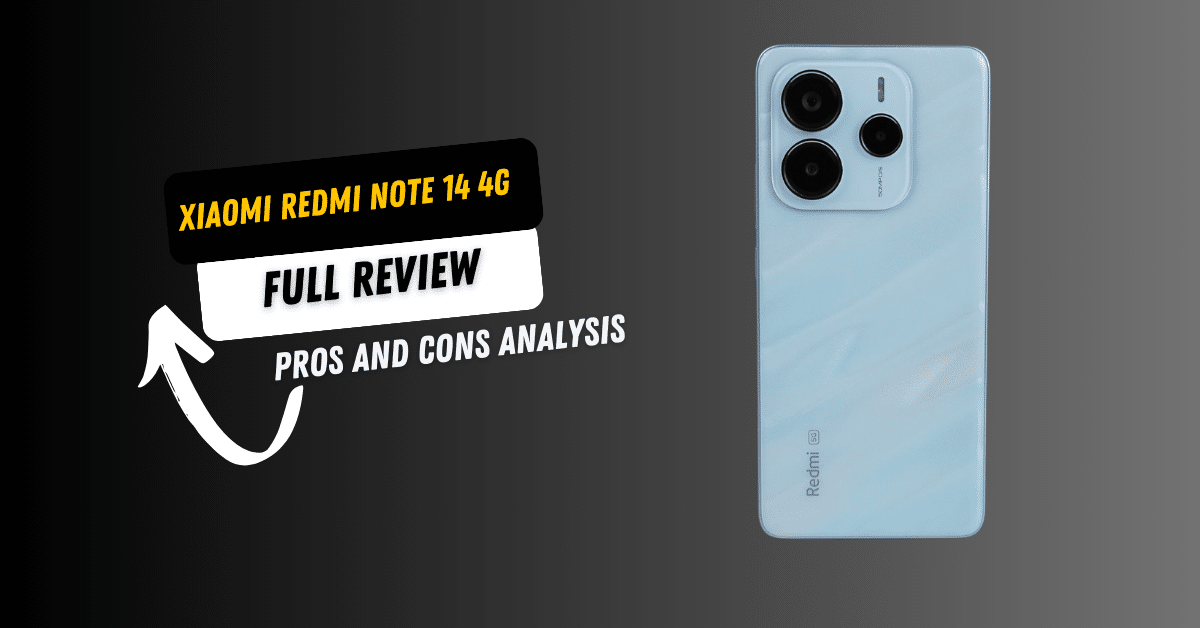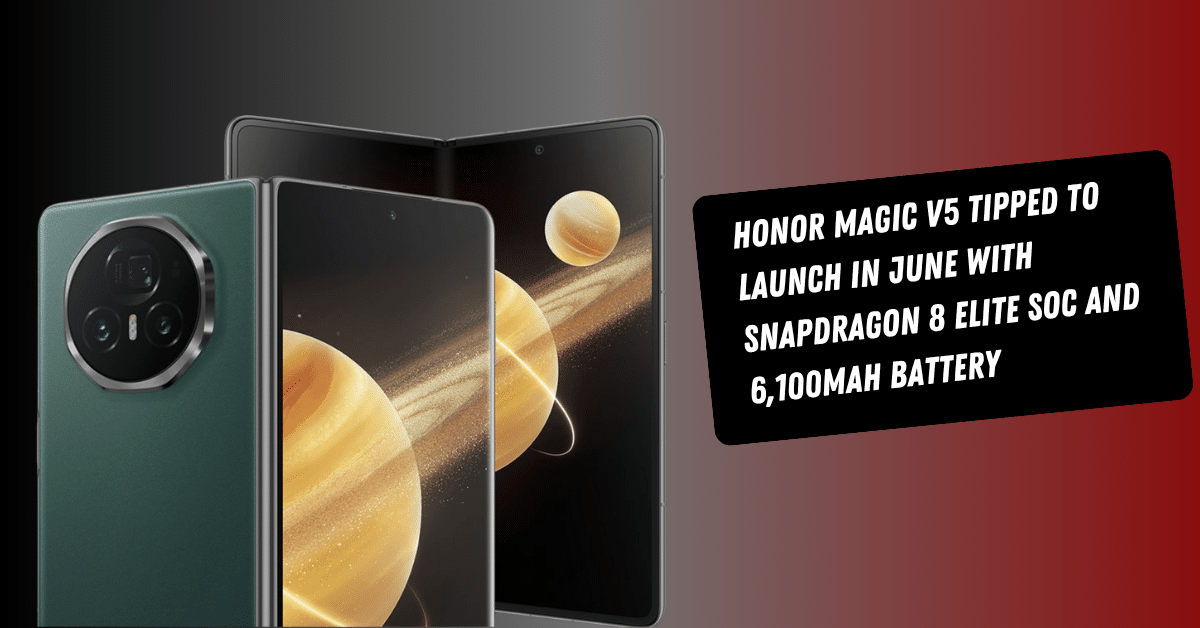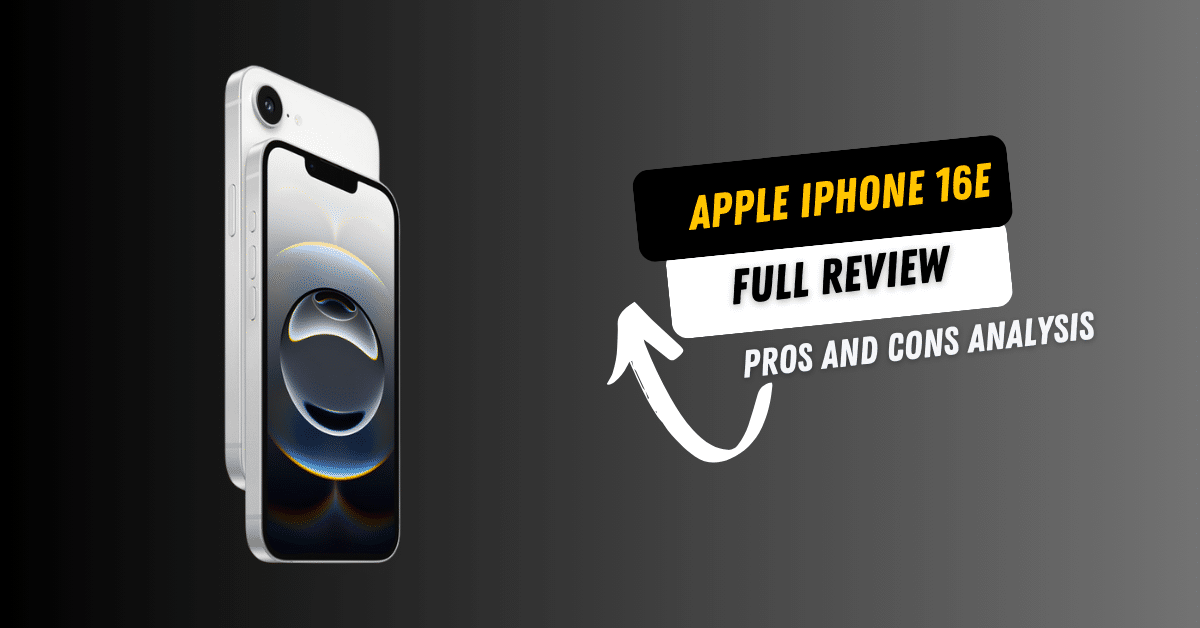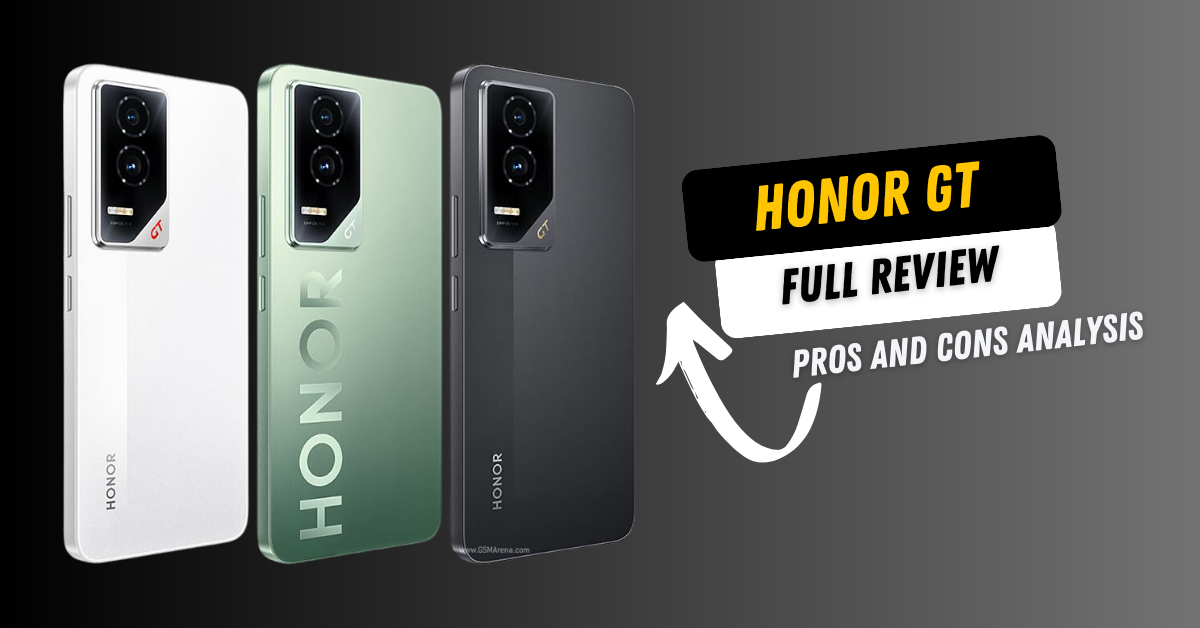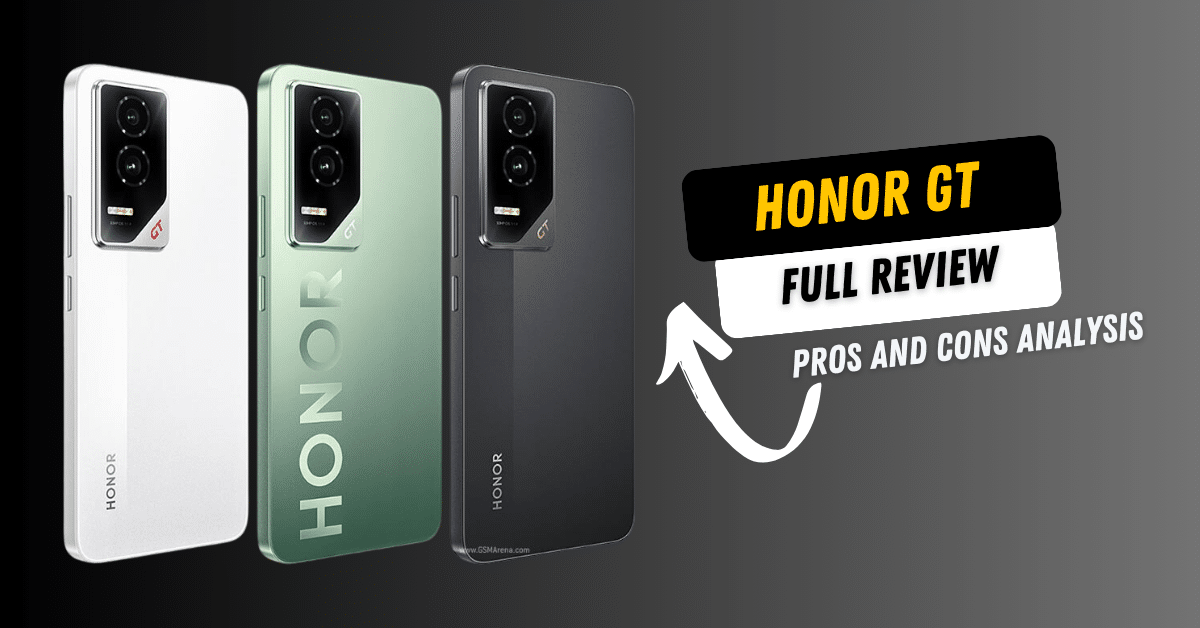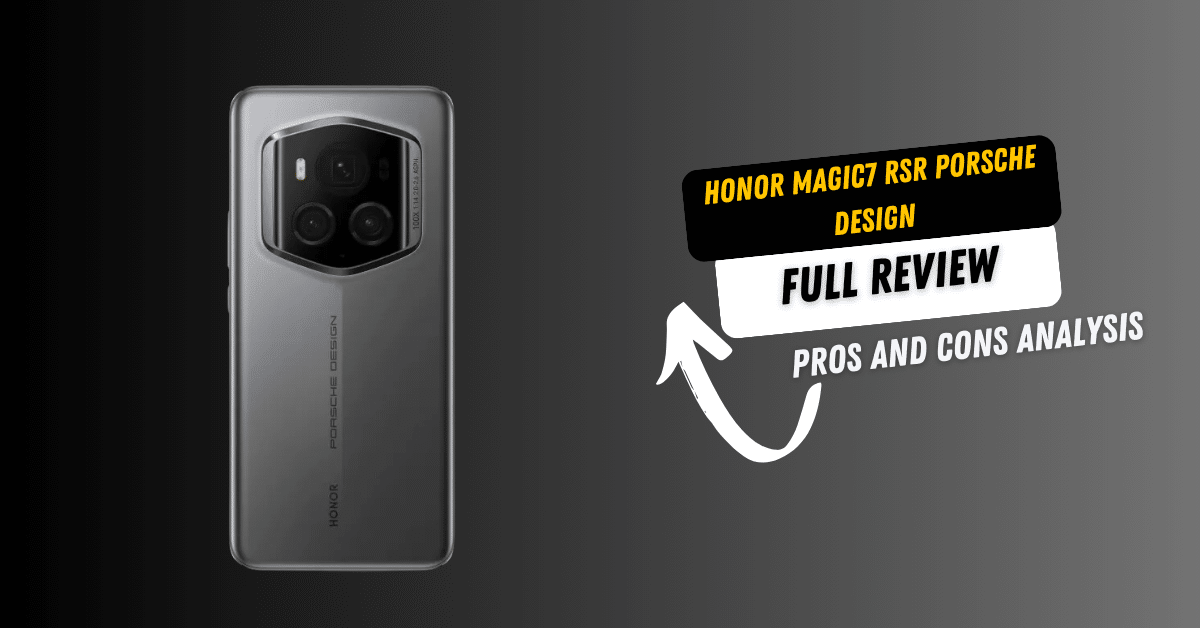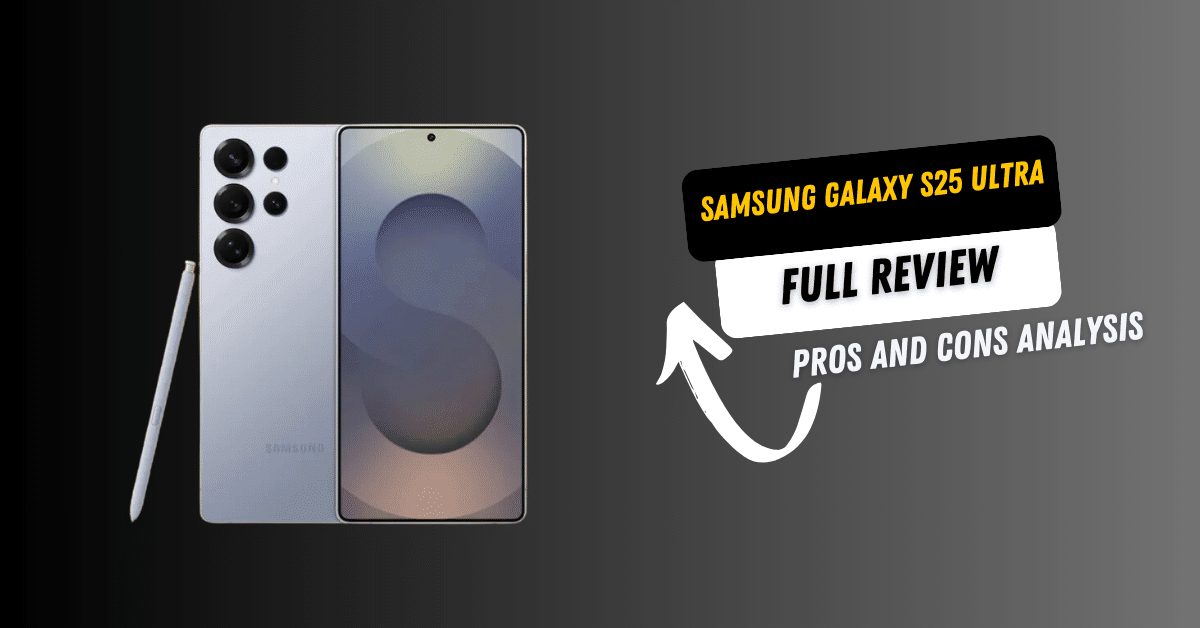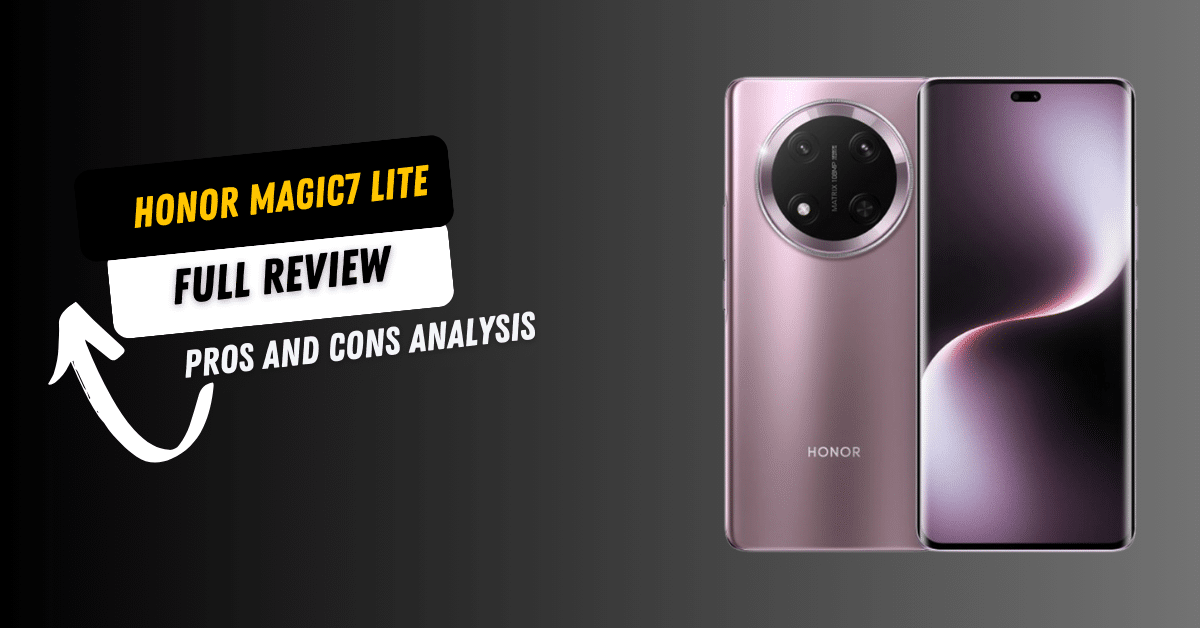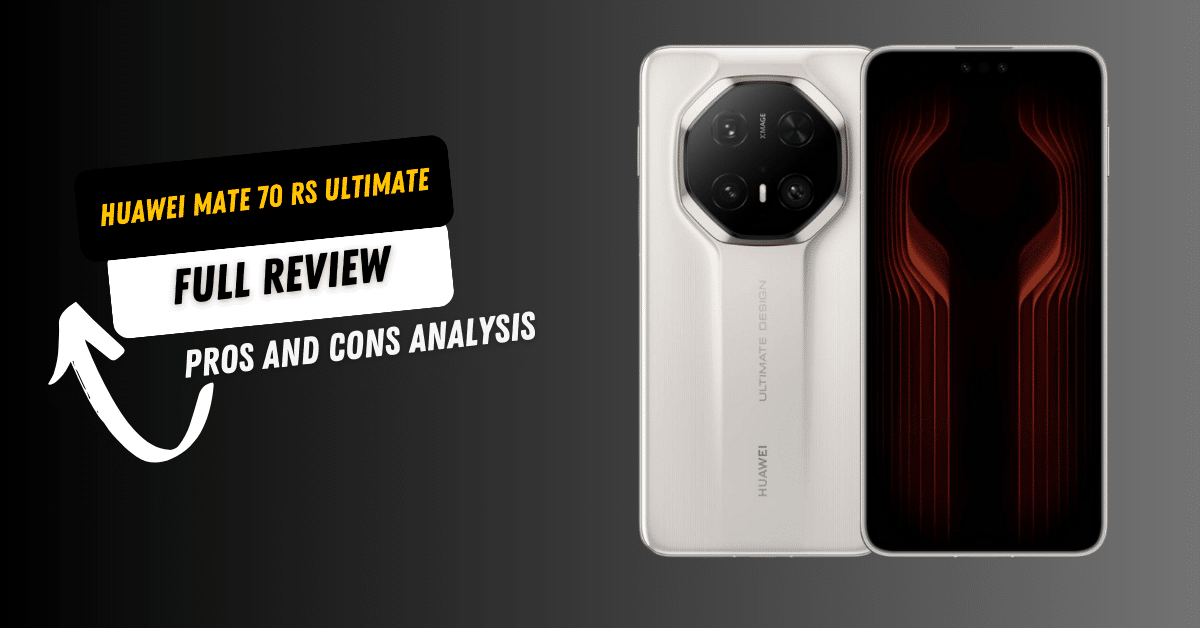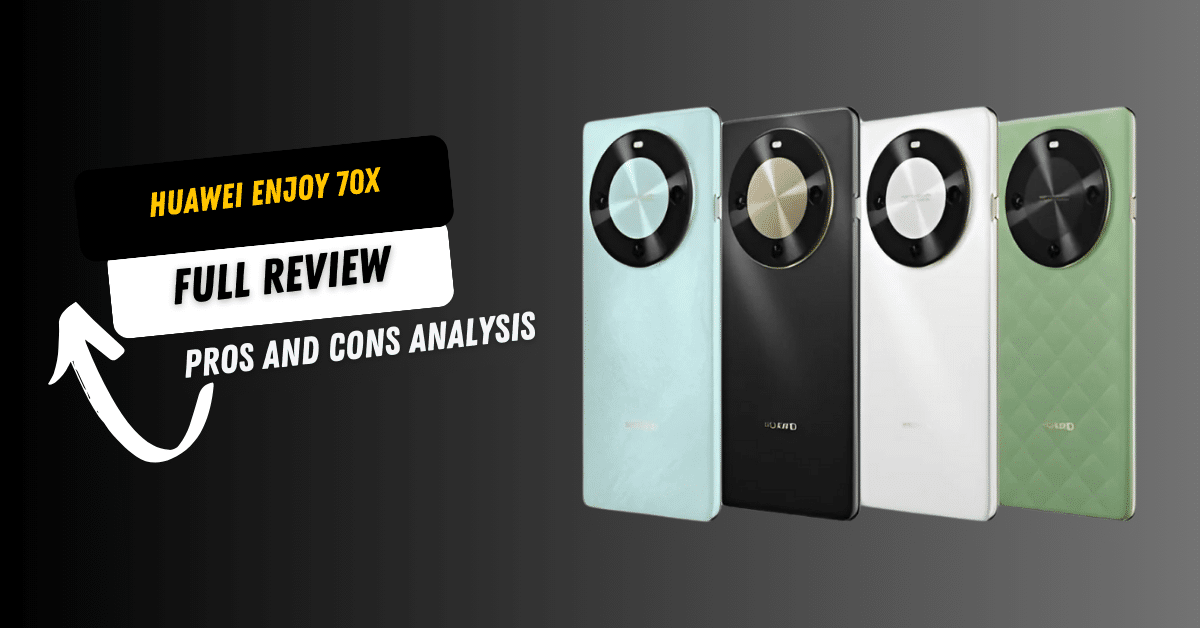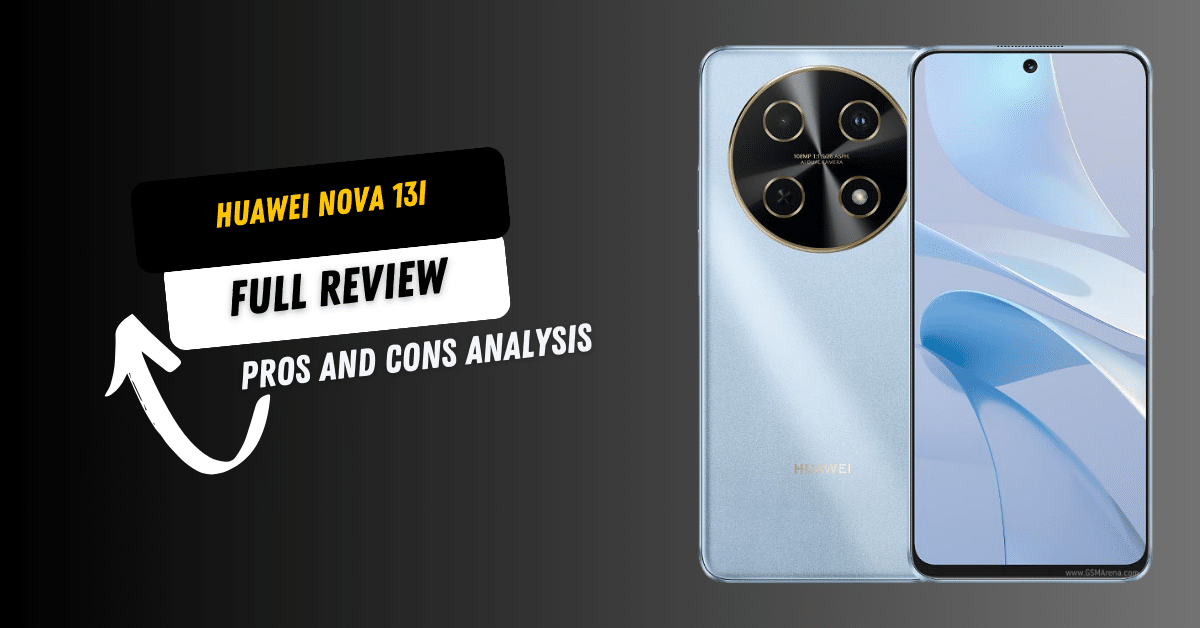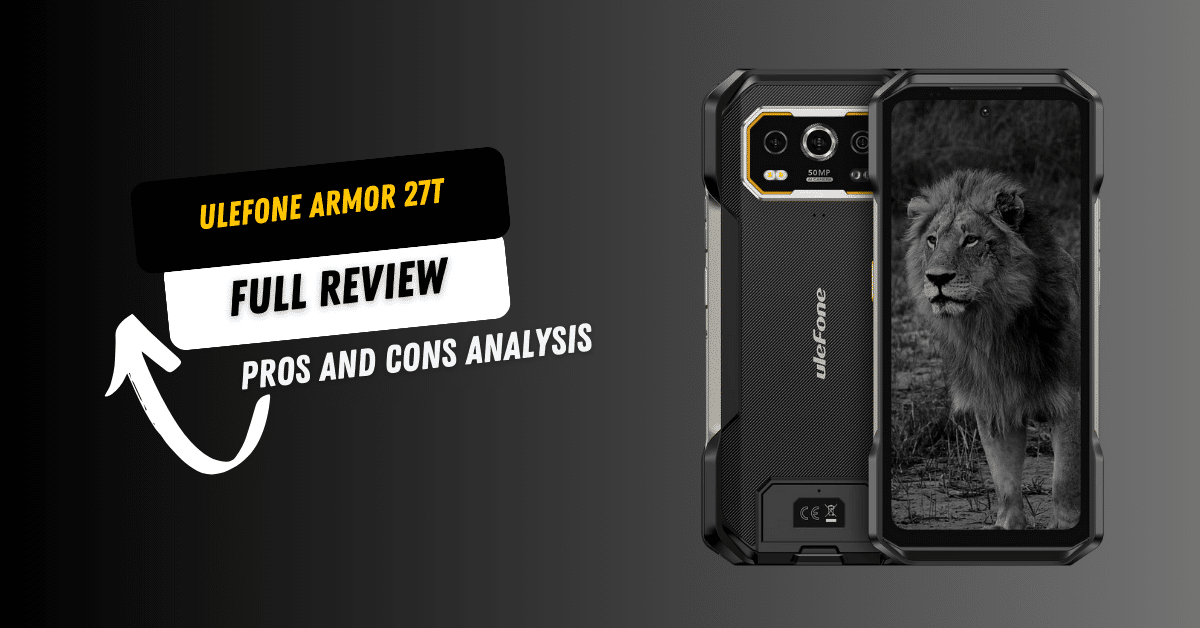When I first heard about the Xiaomi Redmi Note 14 4G, I was intrigued. It promised a lot for its price range—vibrant AMOLED display, a powerful MediaTek Helio G99 Ultra chipset, and a 108 MP main camera. Naturally, I had to try it. After a few weeks of use, I’ve gathered my thoughts. While there’s much to admire about this phone, I also found several shortcomings that deserve attention. Let me take you through my experience.
Design and Build: Looks Good, but Feels Compromised
The Redmi Note 14 4G does make a great first impression with its marble-finish rear panel and vibrant color options like Lime Green, Mist Purple, and Midnight Black. I opted for the Ocean Blue, which stood out beautifully.
However, the plastic build left me wanting more. While the IP64 rating gives some protection against dust and splashes, it doesn’t inspire the confidence of a truly durable device. I also noticed fingerprints and smudges accumulated quickly on the back, which marred its aesthetics. The phone’s 188g weight is comfortable, but it feels a bit fragile in hand, especially when compared to competitors with more robust materials.
Drawback: A plastic build at this price feels like a letdown, especially with phones like the Realme 13 offering sturdier materials.
Display: Vibrant but Lacks Polish
The 6.67-inch AMOLED display was a highlight for me. Its 1.5K resolution, 120 Hz refresh rate, and 2,100 nits peak brightness made watching content a treat, even outdoors. However, there are some quirks that I couldn’t overlook.
For starters, the HDR10+ and Dolby Vision support sound impressive on paper, but the implementation felt inconsistent. In certain streaming apps, colors appeared oversaturated, and blacks weren’t as deep as I expected. This isn’t a deal-breaker, but it does diminish the premium viewing experience promised by Xiaomi.
Drawback: Despite the bright display, color calibration issues can make some content look unnatural.
Performance: Good but Not Great
The MediaTek Helio G99 Ultra chipset paired with Cortex-A78 cores ensures decent performance for everyday tasks. Apps opened quickly, and multitasking was smooth. I even tested a few games like BGMI and Call of Duty, and the phone held up reasonably well without noticeable frame drops.
That said, I noticed thermal issues during prolonged gaming sessions. The phone became uncomfortably warm, and this had a slight impact on sustained performance. Additionally, the Geekbench scores were modest compared to similar phones in the price range, such as the iQOO Z9s.
Drawback: Thermal efficiency is below average, affecting extended gaming sessions and heavy multitasking.
Camera: High Resolution, Mixed Results
The 108 MP main camera is undoubtedly a strong selling point. In good lighting, it captured detailed shots with vibrant colors. The 8 MP ultrawide lens and 2 MP macro sensor are useful additions, though their results are less impressive. Low-light performance, however, left much to be desired. Despite the inclusion of OIS (Optical Image Stabilization), images in dim environments appeared grainy, and colors lacked vibrancy.
The 20 MP front camera is decent for selfies but struggles with dynamic range, often blowing out highlights. While the phone boasts AI tools like object removal and sky color adjustment, these features felt more like gimmicks than practical tools.
Drawback: The main camera struggles in low light, and the front camera lacks consistency.
Battery and Charging: Falls Short of Expectations
On paper, the 5,110 mAh battery seems adequate, and the 33W fast charging support is a nice touch. However, in practice, the battery life was underwhelming. My typical usage includes streaming, browsing, and light gaming, and I found myself needing to charge the phone by evening.
The charging speed, while decent, feels slow compared to competitors offering 45W or higher. It took nearly an hour to fully charge, which isn’t terrible, but in today’s fast-paced world, faster charging would have been a welcome addition.
Drawback: Average battery life and slower charging speeds make it less competitive in this segment.
Software: HyperOS Needs Refinement
The Redmi Note 14 4G runs Android 14 with HyperOS. I appreciated the customization options, especially the ability to tweak app icons and themes. The AI tools, such as object removal, work well but are not game-changing.
However, my experience was marred by bloatware. The phone came preloaded with unnecessary apps, some of which showed intrusive ads. This dampened the overall user experience and made the interface feel cluttered.
Drawback: Excessive bloatware and ads detract from the otherwise clean software experience.
Pricing and Competitors
With a starting price of Rs. 53,999, the Redmi Note 14 4G is reasonably priced for the features it offers. However, competitors like the Realme 13 and Samsung Galaxy A16 provide better durability and optimized software at similar price points. The lack of standout features to justify its cost makes the Redmi Note 14 feel slightly overpriced.
Drawback: Pricing is competitive but doesn’t offer significant advantages over rivals.
Pros and Cons
Pros:
- Vibrant AMOLED display with a high refresh rate.
- Decent performance for daily tasks and casual gaming.
- Attractive design with multiple color options.
- Strong main camera in good lighting conditions.
Cons:
- Plastic build feels cheap and smudges easily.
- Thermal issues during prolonged gaming.
- Average battery life with slower charging.
- Subpar low-light camera performance.
- Bloatware and ads in the software.
FAQs
Does the Redmi Note 14 4G support 5G?
No, this model is limited to 4G connectivity, which may be a drawback for users looking for future-proofing.
How is the gaming performance of the Redmi Note 14 4G?
While it handles casual gaming well, thermal issues during extended sessions can affect performance.
Can the camera capture good low-light photos?
The 108 MP main camera struggles in low-light conditions, producing grainy and less vibrant images.
Is the HyperOS software free of bloatware?
Unfortunately, no. The software includes pre-installed apps and occasional ads, which can disrupt the user experience.
How durable is the Redmi Note 14 4G?
Despite its IP64 rating, the plastic build and lack of advanced durability features make it less robust than competitors.
Final Thoughts: Is It Worth Buying?
The Redmi Note 14 4G has its moments. It looks good, performs decently, and offers a capable camera for daylight photography. However, the drawbacks—plastic build, average battery life, and software clutter—make it hard to recommend wholeheartedly. For those who value a clean user experience and stronger performance, exploring alternatives like the Realme 13 or Samsung Galaxy A16 might be wiser.
If Xiaomi addresses these issues in future updates or models, the Redmi Note series could once again lead the budget segment. Until then, it remains an option worth considering but not without its compromises.

